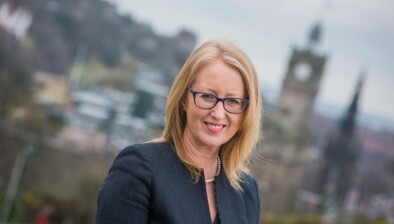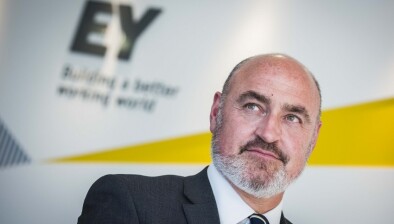Bank of England injects further £150bn into UK economy as it avoids negative interest rates
 The Bank of England (BoE) is to inject an extra £150 billion into the UK economy amid concerns that the second wave of COVID-19 would lead to a slower recovery.
The Bank of England (BoE) is to inject an extra £150 billion into the UK economy amid concerns that the second wave of COVID-19 would lead to a slower recovery.
It is expected that tighter lockdown restrictions in England will force the UK into another downturn.
While the economy is expected to swerve another recession, the BoE believes unemployment will soar as Government support schemes come to an end.
In the November quarterly report, the BoE provided significantly downgraded indicative projections for the UK economy for 2020 and 2021. These new forecasts saw GDP contracting 11% in 2020 then growing 7.25% in 2021, 6.25% in 2022 and 1.75% in 2023. In its August quarterly report, the indicative projections saw GDP contracting 9.5% in 2020 then growing 9% in 2021 and 3.5% in 2022.
This means that the BoE has put back its anticipated timing of when the economy will regain its level of the fourth quarter of 2019, from the end of 2021 to the first quarter of 2022.
However, it is expected that Chancellor Rishi Sunak will announce further economic support packages today.
Howard Archer, chief economic advisor to the EY ITEM Club, commented: “It is clear the Bank of England is not yet finished with its review of the case for negative interest rates and the practicalities of introducing them. The Prudential Regulation Authority (PRA) contacted commercial banks on 11 October requesting information on their operational readiness for a zero or negative Bank Rate and gave them until 12 November to respond. The Governor also stressed that the fact that banks were being asked about their operational readiness for negative interest rates should not be taken as a sign that they will be introduced.”
Luke Bartholomew, Senior Economist at Aberdeen Standard Investments, added: “Given the resurgence of the virus and a return to a much more comprehensive lockdown, an increase in asset purchases from the Bank of England today was always extremely likely. As it was, the amount of easing delivered today was at the top end of expectations as the Bank seek to do all it can to support the economy.
“However, with the structure of rates already incredibly low, it is hard to believe QE can deliver a huge amount of further stimulus from here, even if does make it easier for the government to finance and deliver it’s huge fiscal easing. The Bank has shown it is not yet ready to take rates negative given operational considerations, and that they don’t really believe this is the appropriate economic backdrop to get the maximum possible stimulus from negative rates.”








